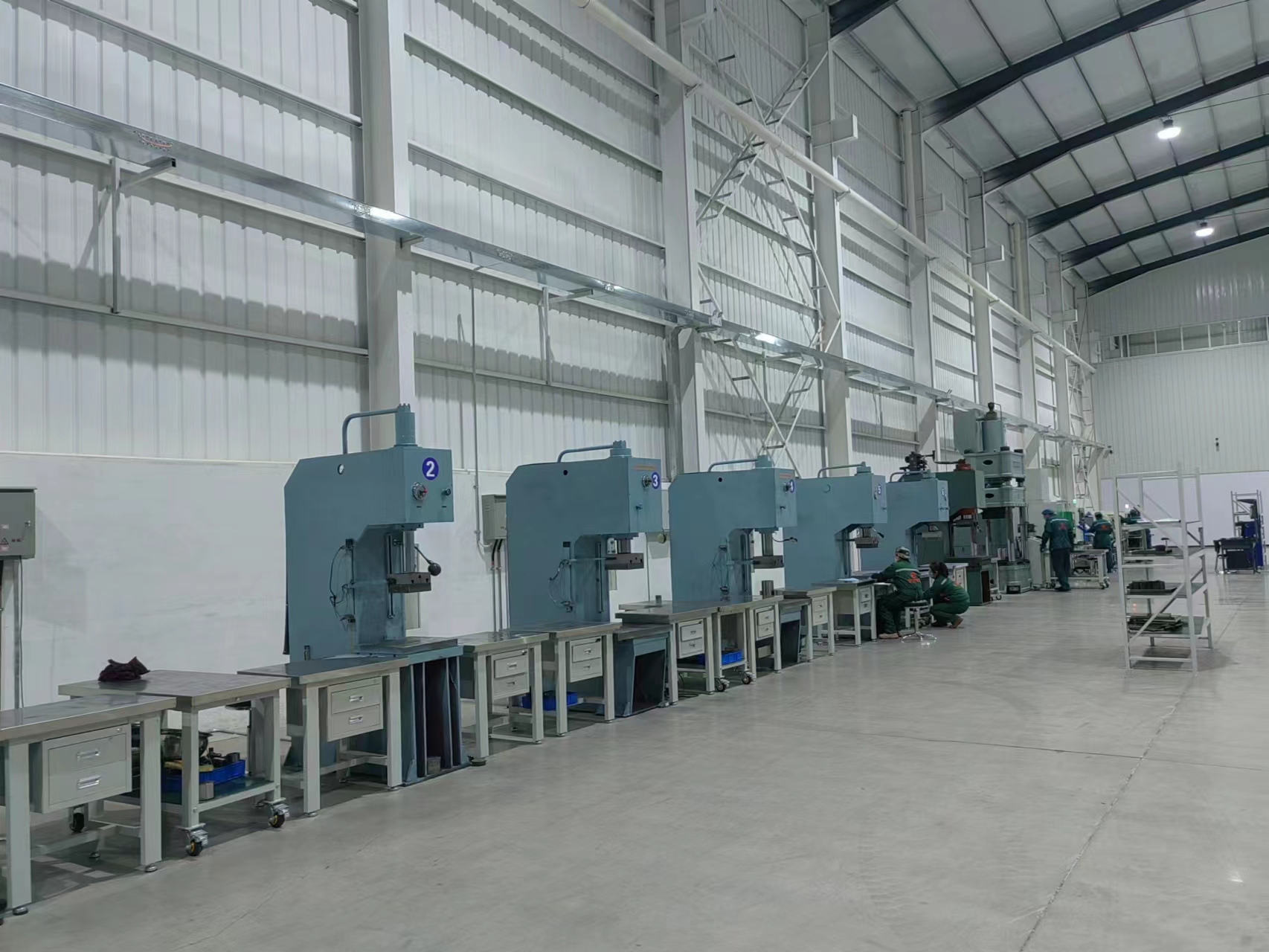Most defects in the precision and apparent quality of cemented carbide blanks occur during the pressing production process. Effectively controlling the occurrence of pressing defects is the key to ensuring the precision and apparent quality of cemented carbide blanks.
With the development of precision production of cemented carbide, the resulting defects such as pressing accuracy and shape tolerance have become one of the main pressing defects that need to be controlled. The causes of these defects are various, and the control methods are different. Many problems are caused by the pressing process. Therefore, in addition to internal defects (process defects) and superficial defects (mechanical defects), pressing defects should also include pressing accuracy defects and geometric tolerance defects.


(1) Defects in the pressing process. Workmanship defects include delamination, cracks, failure to press well and other defects.
(2) Suppress apparent defects. Appearance defects include edges and corners, burrs, mold sticking, sticky materials, marks and other defects. (3) Defects in pressing accuracy. During the pressing production process, the precision control of pressing parameters mainly includes process parameters such as pressing unit weight, pressing size, and pressing position. Inaccuracies or out-of-tolerance control of these pressing process parameters may cause alloy blanks to have out-of-tolerance dimensions, not pressed well, and defects such as table tops or burrs.
Post time: Jan-07-2024









